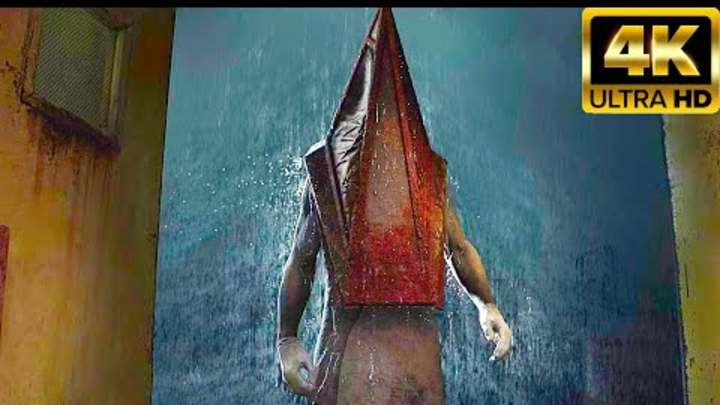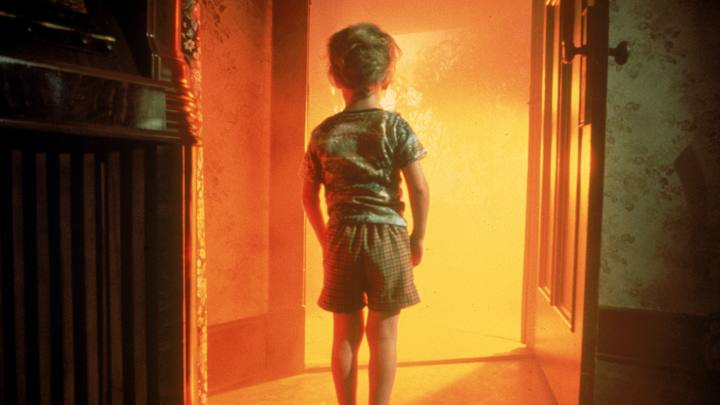Since Capcom’s 1996 classic, Resident Evil, survival horror has evolved in surprising ways. This piece explores seven video game villains scarier than anything in Resident Evil—antagonists who push fear beyond the expected jump scare and into lasting, psychological dread.
Scarecrow – Batman: Arkham Asylum
Rocksteady’s Batman: Arkham Asylum introduces a villain who exemplifies psychological terror. Scarecrow uses fear toxins that distort Batman’s reality and drag players into surreal, nightmarish sequences. His manipulations invite a dread that goes beyond typical shocks, delivering a pervasive atmosphere that lingers well after the moment passes. This encounter demonstrates how fear can function as a core gameplay mechanic, aligning with the hallmarks of formidable antagonists in gaming.
The Flood – Halo
The Flood in Halo: Combat Evolved stands out as one of the most terrifying parasitic threats in gaming. This species infects and assimilates lifeforms, culminating in the Gravemind—a chilling reminder of scale and inevitability. Their menace feels existential, threatening civilizations rather than a single foe, and their presence expands the scope of horror within the franchise, rivaling the bio-organic terror that fans associate with Resident Evil.
Sephiroth – Final Fantasy VII
Sephiroth’s arc from celebrated hero to merciless antagonist is a masterclass in psychological horror. His tragic backstory, formidable power, and unforgettable moment involving Aerith create a chilling aura that lingers long after the final confrontation. The combination of personal tragedy and overwhelming threat makes Sephiroth a standout antagonist whose influence extends beyond combat into the emotional core of the narrative.
The Xenomorph – Alien: Isolation
Alien: Isolation flawlessly adapts the Xenomorph into an interactive nightmare. This creature is relentless, nearly unkillable, and guided by keen senses that force players into stealth and careful pacing. The claustrophobic environment and meticulous AI design cultivate an atmosphere of unrelenting fear, placing the Xenomorph among gaming’s most intimidating villains and elevating the bar for horror realism.
The Necromorphs – Dead Space
Dead Space delivers a body-horror experience with its Necromorphs. These grotesque beings require dismemberment to be stopped, leveraging both visceral visuals and tactical disarray to unsettle players. The blend of disfigured forms, claustrophobic settings, and Isaac Clarke’s unraveling mindset creates a cohesive horror experience that stands tall alongside the franchise’s best scares.
Dr. Stanislaus Braun – Fallout 3
Dr. Stanislaus Braun from Fallout 3 offers a quiet, insidious form of horror. Behind Vault 112’s simulated reality, Braun’s manipulation and the torment he inflicts expose a disturbing facet of human cruelty. His calculated control over the virtual world challenges players with moral dilemmas and psychological stress, proving that terror can thrive outside the obvious monstrosities of the wasteland.
Pyramid Head – Silent Hill 2
Pyramid Head stands as an emblem of psychological horror, embodying James Sunderland’s guilt and inner punishment. His imposing silhouette and symbolic role deepen fear by tapping into personal shame and the terror of punishment rather than sheer physical threat. This figure remains a benchmark for how horror can be rooted in emotion and memory as much as in external danger.
The landscape of video game villains is rich and varied, offering fear that can rival or even surpass the terrors of Resident Evil. From mind-warped nightmares to existential invasions, these antagonists demonstrate the medium’s capacity to scare on multiple levels. As gaming continues to evolve, the notion of what makes a villain terrifying remains as compelling as ever.
Conclusion
In closing, 7 video game villains scarier than anything in Resident Evil demonstrates how fear in games can rival the franchise’s iconic threats. This exploration highlights the broader concept of video game villains as a driving force shaping the horror landscape, inviting readers to stream, comment, and explore more on Cobble Hill Blog.







